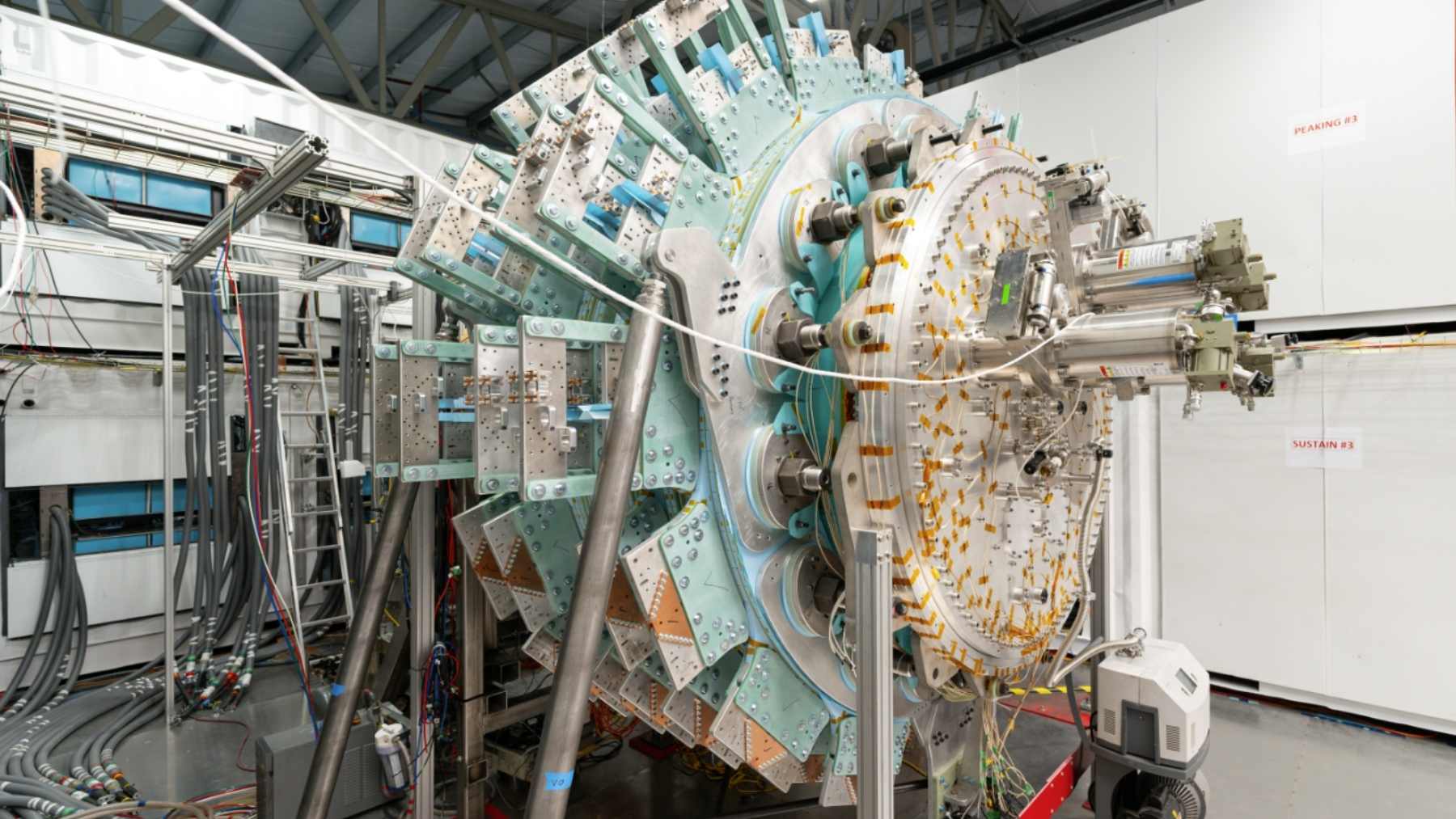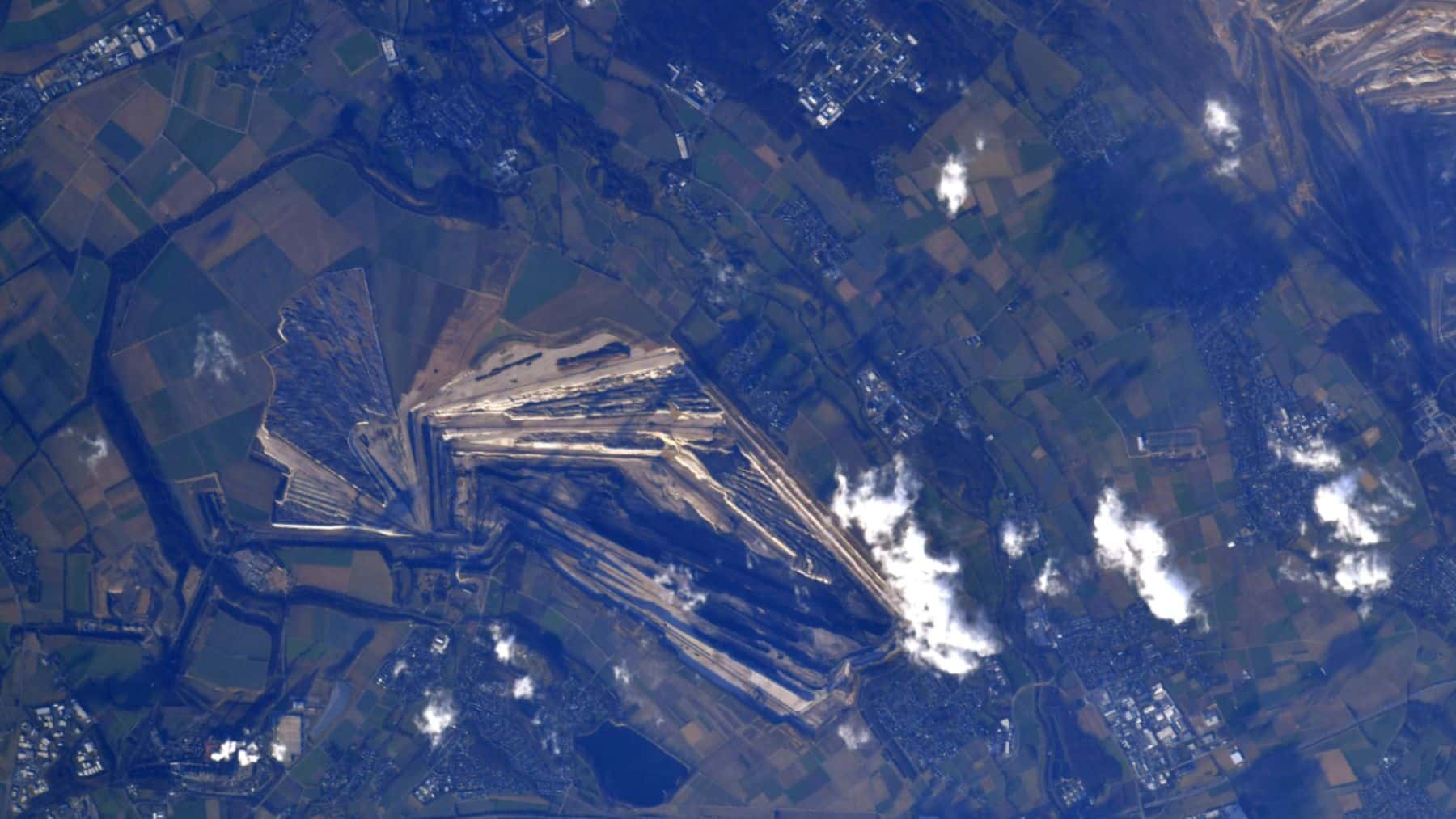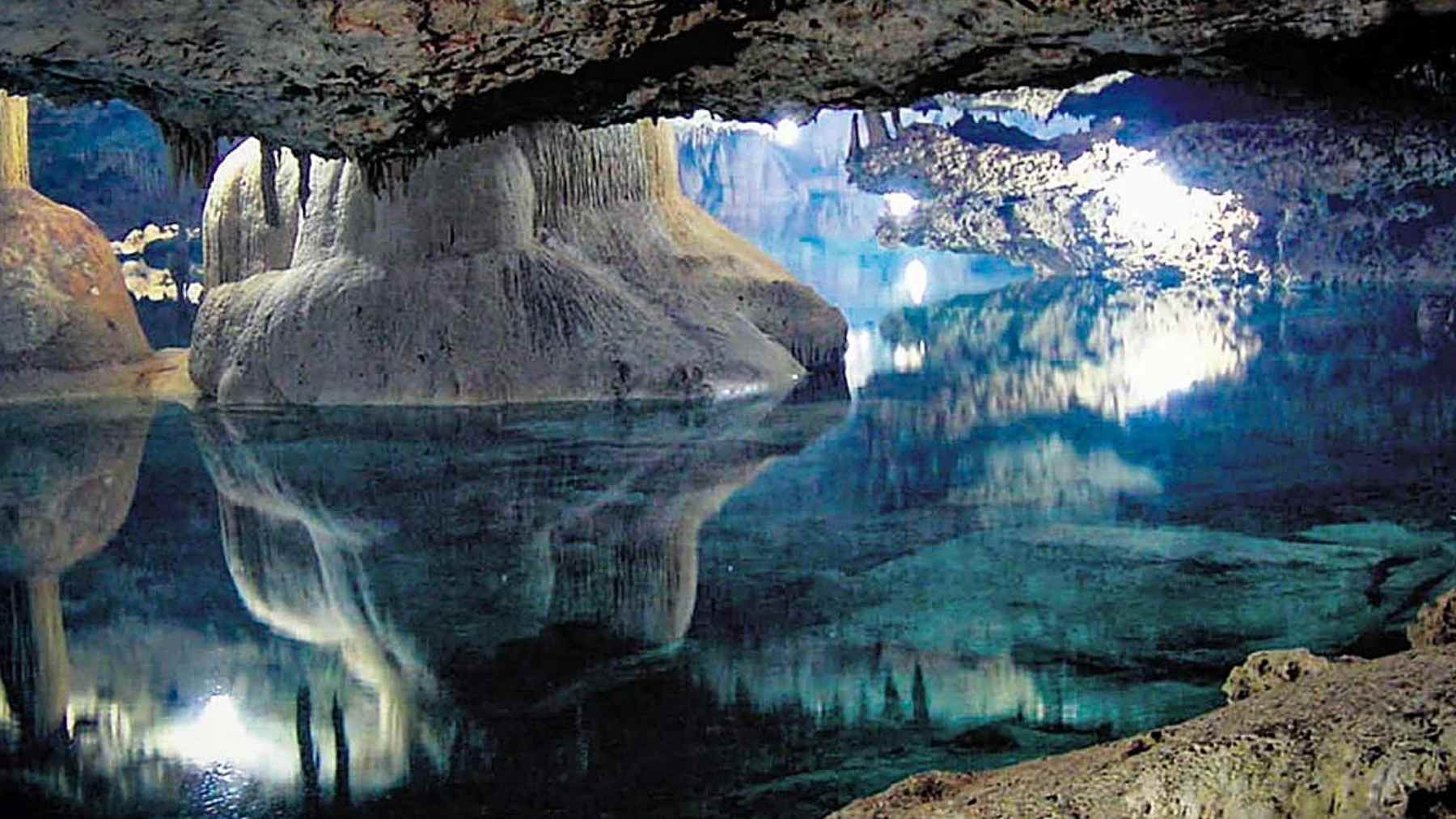Imagine walking through a park in the heart of a futuristic city built in the desert. And then, instead of metal towers or monotonous rows of solar panels, you come across structures that look like luminous orbs, suspended in midair, changing shape as the day progresses. During daylight hours, they offer shade and coolness; at night, they shine like artificial stars hovering over the landscape.
Artful design or functional energy?
What sounds like a scene from science fiction came to life in Masdar City, Abu Dhabi, when architect Sunggi Park won the 2019 Land Art Generator Initiative with his project Starlit Stratus. The proposal was conceived not only as public art, but as a responsive installation that creates unprecedented microclimates in the desert.
The structure is inspired by origami patterns developed by Ron Resch. Parts of the triangular modules are made of rigid photovoltaic panels, while others use flexible fabrics that can bend and illuminate. During the day, they capture energy and provide shade; at night, they transform into a poetic installation, projecting luminous patterns reminiscent of a surreal spectacle of fireworks frozen in time or rare flowers glowing in the desert. In practice, it works like this:
- The rigid modules produce electricity during the day.
- The fabric sections become light screens, creating the effect of a starry sky.
- In addition to its beauty, the entire park remains self-sufficient, with energy for lighting, cooling, and water collection.
Beauty, water, or both?
The power of Starlit Stratus lies in demonstrating that art can also be infrastructure. This is because solar energy is used not only to illuminate the park, but also to transform the environment into a livable and educational space. In fact, one of the most innovative elements is the production of water from air. This is because the excess accumulated energy feeds hygroscopic materials capable of absorbing moisture. The result is:
- Drinking water for visitors.
- Refreshing mist is released during the day to alleviate the heat.
- Transparent display: each column displays, in glass cylinders, the amount of water collected.
Basically, what changes for those visiting the park is:
- Adjustable shade: Telescopic columns allow you to adjust the height of the canopy, which can be raised like a portal at festivals or lowered to expand the shaded area.
- Milder climate: The combination of shade and mist transforms the desert experience.
- Real-time learning: Visitors can see how technology converts energy and moisture into tangible benefits.
As was noted by specialists, taken together, these dynamic and functional systems of Starlit Stratus provide an enjoyable and educational experience for people of all ages. This type of invention draws as much attention as this ball-shaped turbine powers your home.
The city must choose: static art or living energy?
It’s important to remember that more than a fixed installation, Starlit Stratus behaves like a living organism in constant mutation. During the day, the structure opens like a series of umbrellas, creating areas of shade and more comfortable microclimates. At night, it retracts and lights up, taking on a completely different identity, marked by visual poetry. This flexibility also ensures safety: during cultural events, the columns can rise to form monumental portals; in strong winds, they descend to reduce the structural load.
It’s not just a sculpture or a technological panel. It’s an urban symbol, capable of uniting renewable energy, climate resilience, and cultural impact. Rather than being seen merely as an aesthetic object, Starlit Stratus functions as a collective ritual, a civic space for rest, festivals, and gatherings, active day and night. This just shows how architecture is adapting to the needs of sustainable energy; another example of this is this invention that transforms your windows to produce energy.
Disclaimer: Our coverage of events affecting companies is purely informative and descriptive. Under no circumstances does it seek to promote an opinion or create a trend, nor can it be taken as investment advice or a recommendation of any kind.














